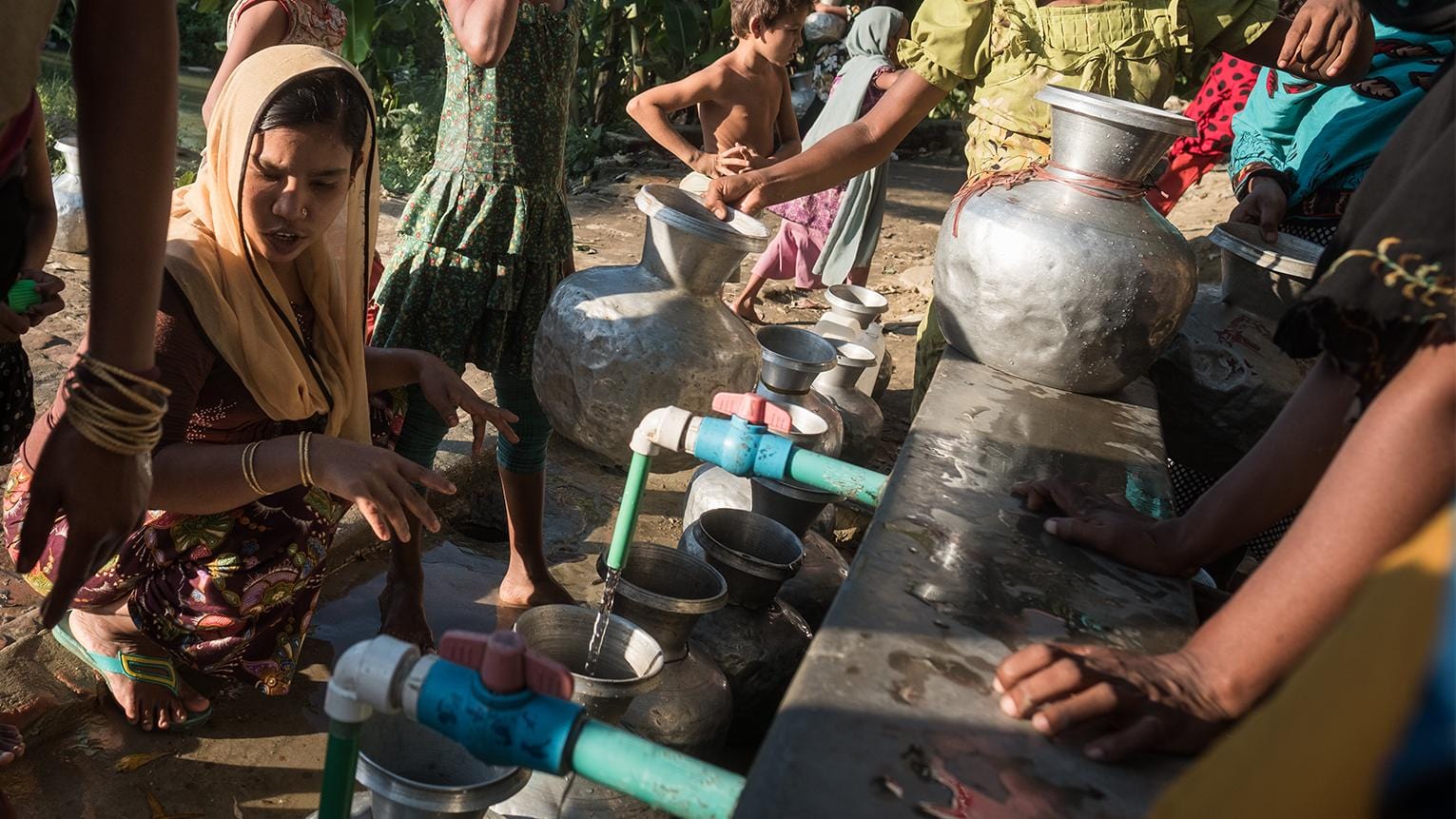On the impacts of climate change in Bangladesh
While we are still discussing the possible effects of climate change here, people in Bangladesh have long been feeling the consequences with floods, flash floods and cyclones. Can you describe the situation and the specific threats on the ground?
According to a March 2018 World Bank report, climate change is expected to have a significant impact on Bangladesh. It is estimated that up to 18 million people could be forced to relocate by 2050 due to rising sea levels alone. The report also predicted that climate change could displace a total of 13.3 million people from Bangladesh by 2050. In addition, the Internal Displacement Observatory (IDMC) reports that an average of nearly 700,000 Bangladeshis per year have been displaced due to natural disasters over the past decade. Climate change is causing disruptions in rainfall patterns in Bangladesh, leading to droughts in some areas and floods in others. Glacier runoff in the Himalayan mountains is also increasing, leading to silting of rivers. An area larger than Manhattan is lost to erosion every year. In addition, rising sea levels are causing salt water to penetrate coastal agricultural areas and large areas are expected to be permanently flooded.
However, the impact and extent of climate change varies in different parts of Bangladesh. In the coastal and marine regions, climate change causes different types of damage, forcing people to migrate internally. In the north, heat waves have a significant impact on the population. Droughts are frequent, and there is little work between September and December due to weather conditions. The landless population in these areas often suffers from poverty and hunger. This leads to boys and men migrating to cities and better-off villages in search of work.
Bangladesh is also vulnerable to cyclones, which can cause significant damage to coastal areas and destroy critical infrastructure. In 2020, Cyclone Amphan hit Bangladesh, causing significant damage to buildings, roads and power lines, as well as widespread flooding that displaced over 2 million people from their homes. In recent years, Bangladesh has taken measures to adapt to climate change, including building dams and cyclone shelters, developing early warning systems, and promoting climate-resilient agriculture. However, much remains to be done to ensure the country is fully prepared for the ongoing and worsening impacts of climate change.
Which population group is particularly at risk in Bangladesh and why?
Women and girls are among the most vulnerable populations in Bangladesh, often with limited access to basic health care. Pregnant women and breastfeeding mothers face challenges due to a lack of comprehensive antenatal and postnatal care in community clinics. In addition, women and girls in camps for Myanmar refugees live under makeshift tarpaulins or thin plastic sheets without doors, leaving them with no safe shelter from violence. Conditions make sleeping difficult, and mothers worry about their daughters' safety. During times of crisis, girls are often forced to withdraw from school or skip classes because they are overwhelmed with household chores and there are fewer family members available to help at home. Girls often help with family care and domestic tasks such as cooking, cleaning, and fetching water, while education is viewed as less important. Men and boys migrate to other villages and towns to find work during times of crisis, leaving women and girls vulnerable.











